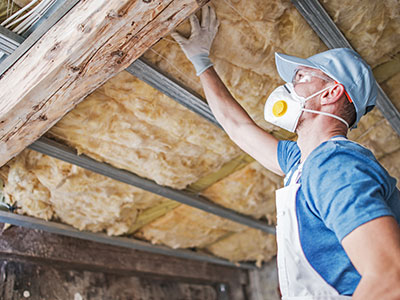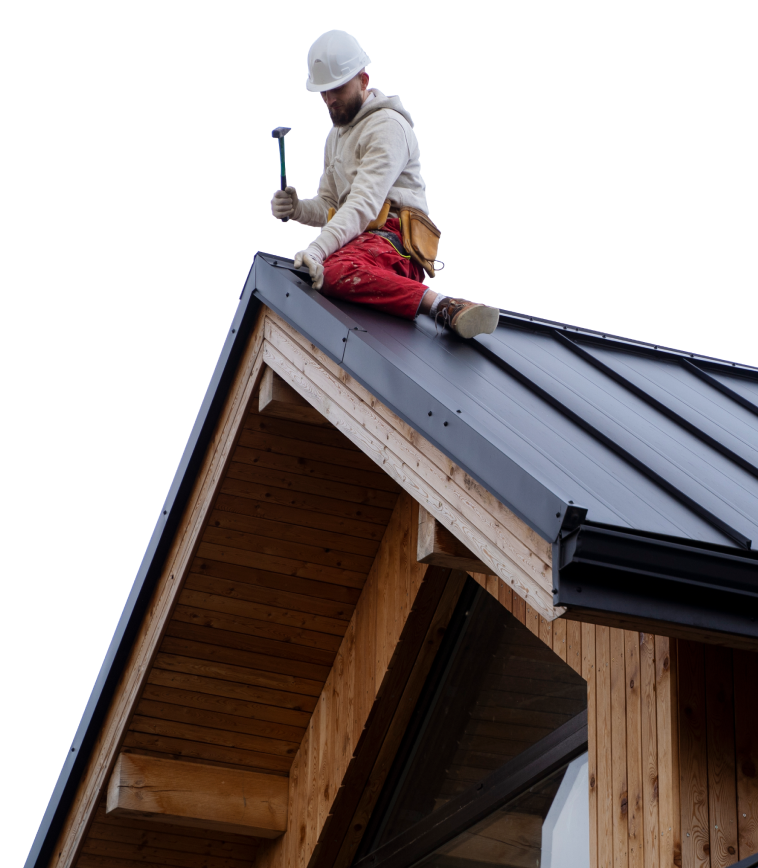
Spray applied polyurethane roofing products are most commonly known as a quick drying and appealing commercial roofing maintenance product. These are the materials used in the manufacture of commercial or industrial-type coatings such as those found under carports, garages and warehouses are still fairly new to the market. Unlike traditional architectural coatings, these products come with an array of unique benefits that make them ideal for a variety of different applications.
One of the newest developments in this industry is that of spray-applied urethane, which has quickly become a popular choice among contractors and building owners alike. This particular coating is designed to protect asphalt shingles from sunlight, rain and hail damage. It provides protection for as long as 20 years, so you can be sure it will be working hard on your project for quite some time. You’ll often find these types of roofs on new construction sites or on buildings undergoing major reconstruction projects since they provide a superior form of insulation.
To understand how commercial roof coatings work, it’s important to get an overall understanding of how shingles are made. The raw materials used include recycled rubber tires, plastic (typically polyester) and asphalt, which is a non-petroleum based petroleum byproduct. These products are mixed together with a catalyst that speeds up the process of turning them into what we commonly known as shingles.
Commercial roofing manufacturers use several different types of polymer binders to put their coatings together, but urethane is often the most popular choice because it produces a number of long lasting benefits that can be applied to many different situations.
After the base coating has been installed, it will be allowed to dry thoroughly before being topped off with additional layers designed for extra durability and protection against everything from UV rays to water damage.
It really depends on where you buy it from and who is working with it. Coatings are worth so much per hour spent on them therefore some labor costs may lower your price point depending on job conditions. At other times the cost may be as high as $110 per gallon or more.
This is dependent on the crew and their experience level but a low slope roof could easily be done in 1 day using two men applying materials with 3 to 4 guns going at once. A large flat roof would require approximately one man for every 2,000 sf area and double that if there are skylights involved which can be treacherous due to heat stress issues that crews must work around as they will have molten material dripping down on them from above while working on top of the structure being coated. It depends on underlayment, heat reflectors, tightness of seams and structure size also how much work is performed on the inside of the building and a lot of other variables.
For metal roofing as well as flat or low sloped roofs it is best to apply two coats with a clear top coat after all structural commercial roofing maintenance repairs are made. Before going back over with urethane for another coating, it should usually be applied when there is an average temperature range of 45 degrees F and above (7C). Before that you will want to avoid getting the surface wet resembling rain or sunlight for at least 24 hours until the original first layer has dried out completely but this does not mean you can’t go back with urethane sooner it’s just not recommended. When a pre-coat is applied the material has to cure for at least 7 days before going back with another coat, and if there is any curing shrinkage on the substrate it will be in this time period after the first top coat application that this happens. This is why many contractors apply two coats of clear so that they have some flexibility to work around this as well as giving them more room for error when additional coats are applied down the road at a later date.
No, primers are not necessary but we recommend you seal all non-primed metal roofs with a rubberized underlayment before applying urethane coatings for added performance safety factors as well as UV protection during film curing periods in direct sunlight which will expedite drying times by providing a protective barrier between the wood fibers of plywood sub-floors and wooden roof framing materials. Please note—Plywood sub-floors that are coated in the U.S with water-born products such as latex paints or linseed oil do not require an extra primer application.
There is a lot of different schools of thought on this subject but I would say if you can spray it than please do, urethane coatings for roofs have much higher performance characteristics when applied using one of our automated machines because it eliminates human error which could damage the substrate below and create hundreds or thousands more in repair costs to obtain similar results visually by other means. Even though almost all roll-on applications: A) Tend to look like a roller was used instead of a spray gun B) Are less flexible and cost operators their jobs due to the high U.C.F.(scrap rate) in the field C) Are more labor intensive and sometimes less effective depending on underlayment types and quality.
Very long lasting with extremely low wear rates, PVA’s (polyvinyl alcohols) are inert by themselves but when hardened will not degrade or oxidize and have a very tough durable shell that makes it resistant to UV damage as well as heat stress cracking if used correctly which means you will get the best performance from this material if applied using one of our automated machines to achieve maximum adhesion possible. Primers are not necessary for urethane coatings for roofs unless there is an ammonia release present at humidities over 75% or if water is falling on the substrate under the roof because it will break down urethane over time, this is why some contractors skip primers altogether to save themselves a lot of money in materials and labor.
Under normal conditions: 5-10 years before recoating is necessary depending upon usage patterns and exposure to environmental extremes such as direct sunlight and heat stress cracking
Yes, but we do not recommend that you attempt anything that could be classified as unusual or non-standard installations unless you have experience with all types of building systems, this includes maintenance coating removal techniques for various roofing substrates when performed improperly can lead to catastrophic failures in the future if not done properly.
Yes, but usually for at least 24 hours before allowing walking on it or driving vehicles over it with load capacities of more than 25 tons per axle. The maximum curing period that we recommend is two weeks depending upon ambient conditions such as direct sunlight and water run-off while in use during application to achieve long life performance characteristics from our coatings.
They manufacture materials in almost any color you want for a roof coating using EPDM rubber binders which means there are no regulations on what pigments and metal flakes can be used so they can be blended together in a way that will give you the best possible results depending on the environment that you are operating in. Environment is usually a commercial roof, but could also be on a as well.
The PVA’s have an extremely broad range of operating temperatures that vary between a temperature of -40 degrees F to 180 degrees F but this is not what they recommend for most jobs because some substrates will begin to flex or warp over time which could lead to future roof system problems with roofs especially when there are multiple layers of materials present, installing urethane coatings in areas where their use has never been done before is just plain unprofessional and is very risky in the long run.
Yes, it’s imperative that these are used during rolling and brushing along with other techniques such as using pieces of carpet foam padding cut into 1/2 inch thick pads which help prevent marring on low pressure coatings or systems that are installed over existing materials.
Preparing the substrate has always been the most important thing that contractors need to be concerned with because this includes adhering all seams / joints properly using non-metallic compatible sealants like ‘DAP Polyurethane Construction Sealant‘ which comes in white, gray, and black. All seams/joints must be sealed before applying any coating. Some of these materials have very strong solvents which could soften or melt your joints if you do not prep the area properly by sealing all surfaces especially around air conditioning units, drain outlets and anywhere else where an opening penetrates through the sub-roofing system. This means that you will need to use ‘DAP Touch ‘N Foam‘ for all areas with a decent gap. It comes in Orange color, so you’ll want to make sure you go over that with the polyurethane roof coating. Now we will move on to prepping surfaces:
This is very important because a lot of contractors think that they need to sand their roofs but if you do this without using gels then over time a white powder will start to accumulate on all areas around your edges leading to an unsightly appearance, it could cause your coating system to fail prematurely too. They are available at all hvac supply stores and are very cost effective.
Need help with your roofing project? E.W. MacDowell offers South Florida roofing services and hep with spray applied polyurethane roof coating. Reach out to E.W. MacDowell today to find out more about how we can help and all of our available roofing services.
Reach Out to Us to Get Started on Your Upcoming Roofing Project
E.W. MacDowell Inc. is here to be your expert roofing partner, helping you make the best decision for your home or business.
